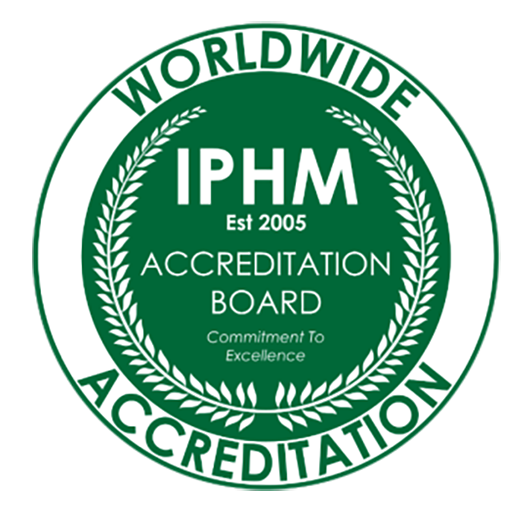Oestradiol is a steroid hormone that accounts for 80% of the oestrogen in the female body. It is also found in men at much lower levels.
Our intravenous blood test for women who want to measure the level of the female hormone oestradiol in their body.
Oestradiol is a steroid hormone that accounts for 80% of the oestrogen in the female body. It is also found in men at much lower levels. Both men and women need to have optimal levels of oestradiol as it is essential for bone strength, libido and sexual function, and fat distribution.
In women, oestradiol is secreted by the ovaries, adrenal glands and placenta during pregnancy. It is responsible for developing and maintaining reproductive structures, including fat distribution, preparing the follicle in the ovary for the release of an egg, and helping maintain bone density.
Take this test two to five days after the start of your period, ideally on day three. It can be taken any time if you do not have periods. Hormonal contraception can affect this test, taking a break from this and using barrier contraception will give more accurate results.
If you use hormone gels, pessaries, patches, or tablets, we strongly recommend selecting a venous sample to minimise contamination sometimes seen with finger-prick tests. Otherwise, administer any hormone supplements using gloves, and make sure your fingers have not been in contact with hormone supplements for at least four weeks before taking the test. Hormones can be absorbed deep within the skin even after minimal contact and remain there for weeks despite vigorous handwashing. Do not take biotin supplements for two days before this test, discuss this with your doctor if it is prescribed.
Oestradiol is a female steroid hormone, produced in the ovaries of women and to a much lesser extent in the testes of men. It is the strongest of three oestrogens and is responsible for the female reproductive system as well as the growth of breast tissue and bone thickness. In pre-menopausal women, oestradiol levels vary throughout the monthly cycle, peaking at ovulation. In women, oestradiol levels decline with age, culminating with the menopause when the ovaries stop producing eggs. Low oestradiol can cause many symptoms associated with the menopause, including hot flushes, night sweats and mood swings. Low oestradiol can also cause osteoporosis.


Vita Health Clinic Ltd 2023. Company registered number: 15275009. Registered Address: 22a Park Road, Bingley, West Yorkshire, BD16 4JD
Financial Conduct Authority, registration number 978517. Credit is subject to status.
Get in touch by making inquiries on services or products you’d like to know more about or compare.